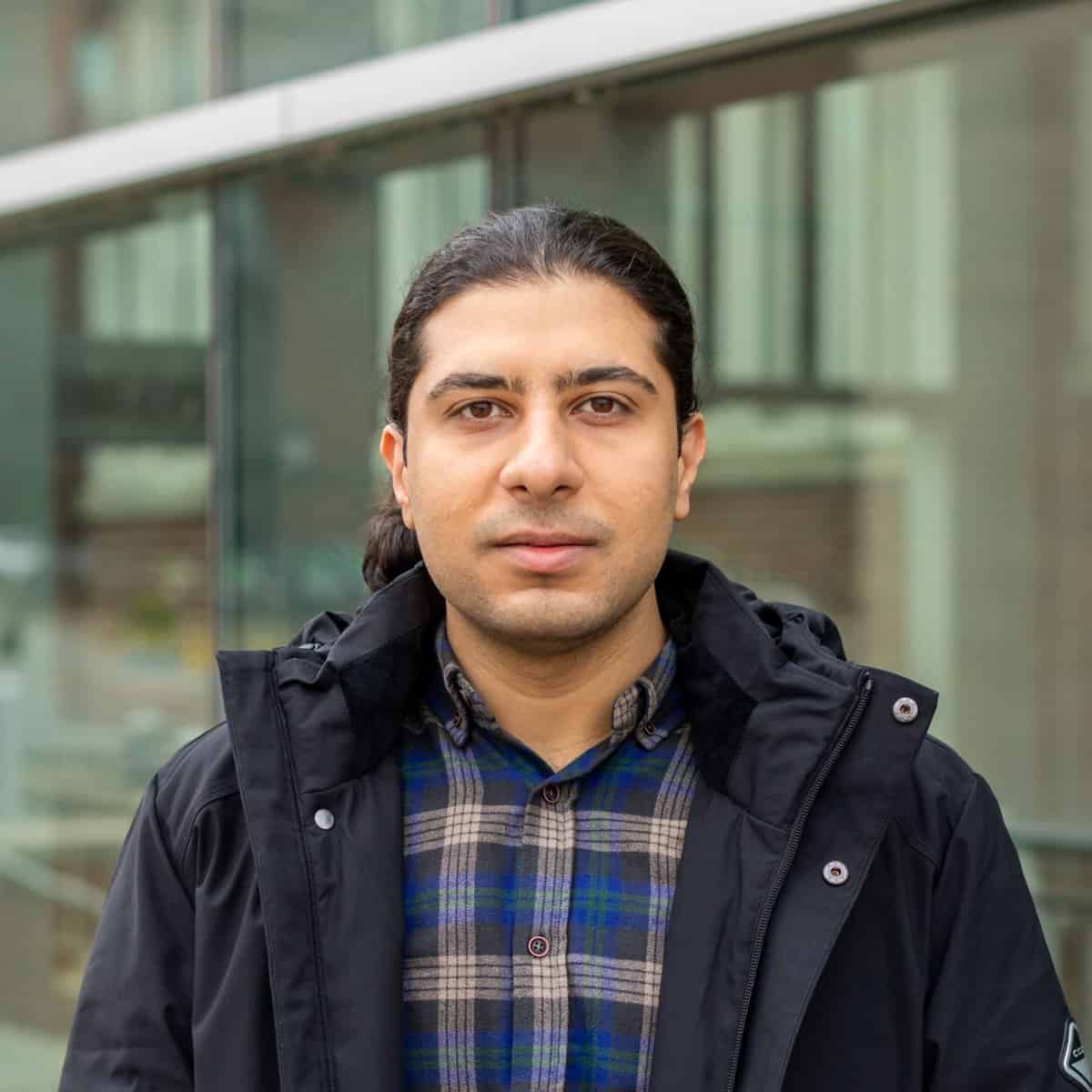Connie Chen, MFA student, creative nonfiction

Connie Chen’s MFA thesis in Creative Nonfiction for the Nonfiction Writing Program is a book project titled “This is a Zoo”, a polyphonic liturgy with candid appreciation of unruly flesh, and penetrating analysis of chronic illness, gender, identity, and their roots in art and religion. This summer, she will record, edit, and produce five pieces of multimedia calligraphic art to accompany the five chapters of their book. “These five video essays will blend footage of my calligraphy in action, animated calligraphy, and reading of chapter excerpts overlaid with music and sound design so future readers can encounter the somatic expression of calligraphy that the printed page cannot fully render, “Chen writes.
Hasan Degerli, PhD student, Religious Studies
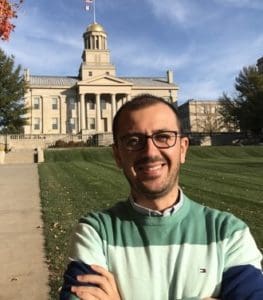
This summer Hasan Degerli plans to use mapping tools to trace the movement of the tradition of soldier martyrdom through Late Antiquity. The project aims to visualize this information through geo-spatial mapping by examining the earliest written Greek and Coptic military martyr accounts and material cultural heritage from the third to the seventh centuries. Appealing to both academic and public audiences, it seeks to bring a fresh perspective to the field by integrating religious studies, linguistics, history, and digital humanities. Beyond forming a crucial foundation for Hasan’s doctoral dissertation, this summer project will remain open to expansion and enrichment, contingent on the availability of archaeological findings and textual evidence.
Francisco Javier Espinosa Momox, MFA student, ceramics
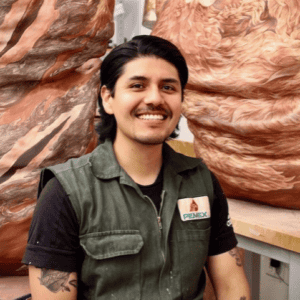
Traditional Talavera is a type of pottery handcrafted in the Mexican cities of Puebla and Tlaxcala. Although its history in Mexico dates back to the mid-16th century, its origins can be traced to European kingdoms, Chinese dynasties, and Islamic empires. Following the statutes of the artisan tradition of Talavera pottery, the women and men who dedicate themselves to its production keep alive the historical imprint of a mixed-race Mexico, celebrating with colors and intricate designs the cultural diversity that makes up the Mexican society. This summer will provide the space and time to create a digital platform to showcase the work of historically underrepresented and marginalized craft workers.
Mahdi Feyz Karimlou, PhD student, sociology
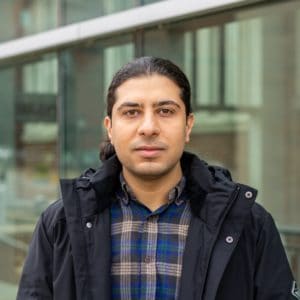
Mahdi is a PhD student in sociology interested in social movements studies broadly. In his project for the Digital Scholarship & Publishing Studio’s summer fellowship, he is working on a textual analysis of the online (Twitter) and offline (interviews) texts about the recent social movements in Iran. Specifically, he’s interested in the notion of “ordinary life” propagated over the course of the movement and whether and how it has brought different social classes together. By identifying common and distinct themes arising from a variety of sources and people with different social backgrounds, he hopes to delineate the structure of the meaning of “ordinary life” and its socio political implications.
Falak Jalali, PhD student, geographical and sustainability sciences (GIS)
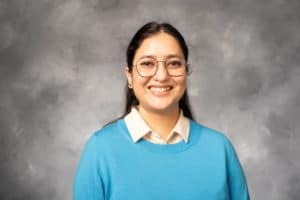
Mapping emotions is an emerging field in qualitative GIS. Climate change exacerbates the agrarian crises of low economic returns from farming in India. The ecological burdens of cultivation on farmers’ physical and emotional well-being shape their decision making. Jalali’s research aims to produce an interactive map that visualizes farmers’ experiences cultivating ginger and garlic as cash crops in Sirmour, a climate-sensitive district on the foothills of the Himalayas in India. Visualizing the emotional ways farmers relate to their cultivation practices and environment will decenter economic rationalities that currently dominate narratives on nature conservation.
María G. Marroquín Pérez, PhD student, Spanish Literature
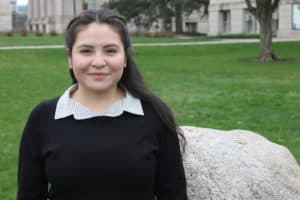
María will be working on a bilingual podcast that will showcase Latina/Latino/Latinx stories in Iowa including topics of family, community, belonging, and migration.
Poojana Prasanna, MFA candidate, book arts
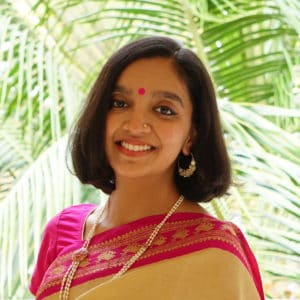
Books take up physical space — in our lives, on our bookshelves and in our hands. We feel a book’s weight when we hold it. A book is as real and tangible as you and me. For book artists, a book is much more than a physical container made of paper and ink. As craftspeople, a book artist can spend months, or sometimes years obsessing over the content, materials and structure to create books that are no less than works of art in their own right.
What happens to this fine press-produced materiality of an Artist Book when it is displayed on a digital medium? Does the physicality of a book translate onto the ethereal digital space? How does the experience change from holding the book to seeing the book through a screen? Or does it take on a new personality online?
Through the Studio Summer Fellowship program, Prasanna is keen to understand how the features of an artist book could be portrayed in the best way possible online, and do justice to the time, skill and effort that goes into creating them.
Alejandro Mauricio Ruiz Zepeda, MFA student, film
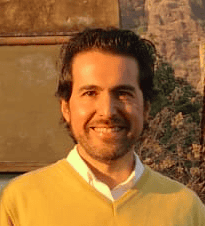
Mauricio will work on a short documentary about the trees on campus. His goal is to get in touch with arborist Andy Dahl and make a short documentary about what he knows, the history of the oldest trees on campus (including the devastating flood), plus the outlook in terms of global warming.
Aileen Tierney, PhD student, English
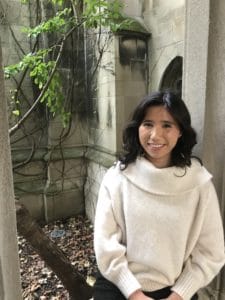
During the summer, Aileen will learn Python in order to study and practice digital methods of literary scholarship. She hopes to gain experience in distant reading and other forms of computational literary analysis— especially those with an element of machine learning.
Margaret Yapp, MFA student, book arts
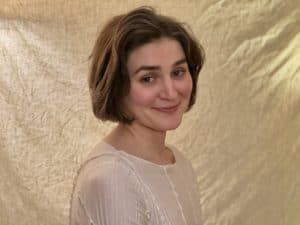
During this fellowship, Yapp will be focusing on strengthening her digital design skills in general, and developing a website that can accommodate the formal demands of experimental poetry.

